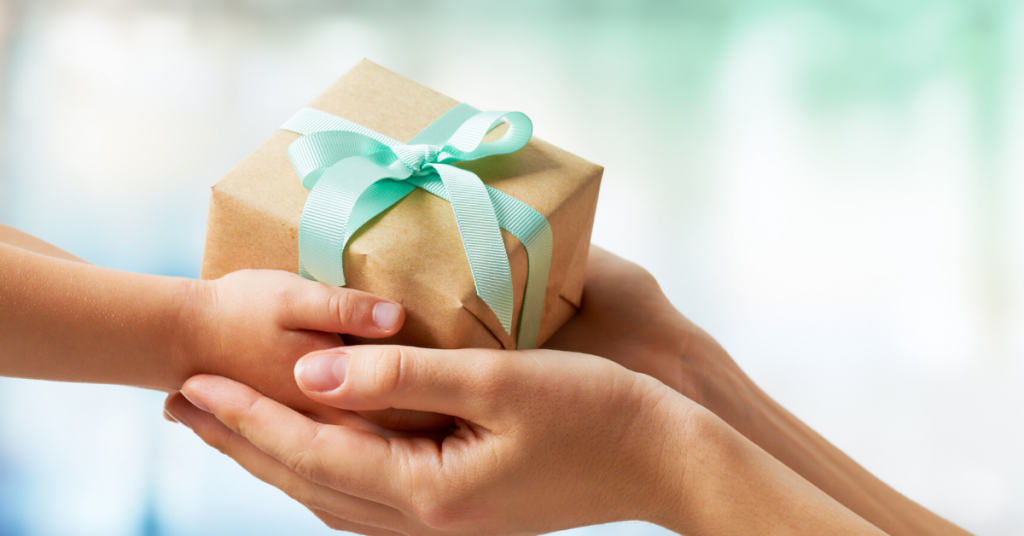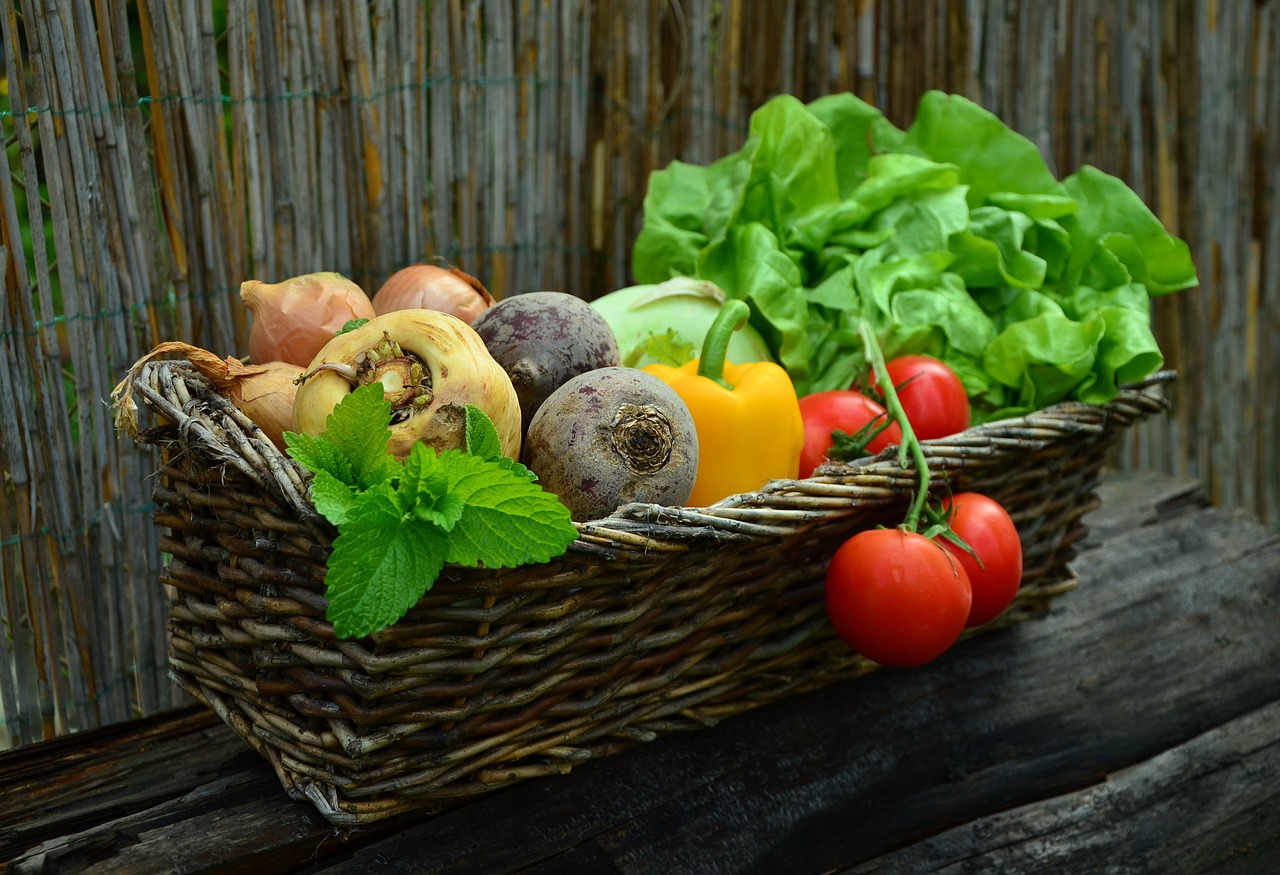With the growth in the number of vegans in the world, sooner or later you are going to be faced with buying a gift for a vegan. If you are not a vegan yourself, this can be daunting. Here’s some guidance about how to avoid common pitfalls, so that your gift can be exactly what your vegan recipient wants.
May contain traces of …
You need to avoid meat, fish, gelatin, lactose, casein, egg, cheese, yoghurt, etc. That isn’t too complicated, but you may see the words “may contain traces of milk” (or some other non-vegan food). This means that the product has been made in a factory where non-vegan food is made. It is possible that there may be minute traces left over in the manufacturing equipment from whatever non-vegan product was made immediately before.
This may be of concern if you are buying for someone with an allergy to that substance, but most vegans do not worry about this. So go ahead and buy them it.
Is dark chocolate suitable for vegans?
Don’t assume that dark chocolate will not contain any milk products. Some does, so you need to check carefully. There are now some amazing chocolate bars made by small artisan vegan companies. Many of them trade online.
Why don’t vegans eat honey?
Honey comes from bees. Most vegans don’t eat honey, because they feel it is taking something from the bees that is rightfully theirs. This is particularly true for most commercial honey production, where the bees are fed white sugar during the winter rather than using their honey store. These honey stores are taken and sold to consumers. This feels like the bees are being treated as machines for human convenience, rather than as organisms in their own right.
Vegan.com says:
“Probably the most objectionable aspect of honey is that it’s exploitive. A typical bee produces less than two teaspoons of honey in her month-long life. When taking a hive’s honey, beekeepers usually swap back some corn syrup so the bees won’t starve. But given the massive amount of work done by each bee for such a tiny amount of honey, you’ve got to ask whether this is a fair trade.
“Additionally, honest beekeepers will readily acknowledge that some bees invariably get crushed when the hive’s honey-storage slots are emptied. And some unscrupulous beekeepers will dose their hives with antibiotics as a way of fending off disease. Even more disturbingly, when a hive develops a parasitic infection beekeepers commonly burn it—along with all the bees inside.”
What is suet?
Suet is animal fat, so vegans won’t want to eat it. Suet is found in some mince pies and Christmas puddings. There are now some excellent vegetable suet substitutes you can use if you are home-baking. If you’re looking at bought baked goods, check for the information that they are vegan.
Do vegans drink alcohol?
Alcohol is often given as a gift,but some people seem to think that vegans don’t drink alcohol. Some may not, but most vegans do, but it may surprise you to know that it may not be vegan.
Wine can be filtered and clarified with egg white or gelatine (animal protein) or isinglass (fish bladders). Beer makers also may use gelatine or isinglass, so once again do check before buying beer for vegans.
Which alcohol is not vegan? Unfortunately many alcoholic drinks do not have to list their ingredients. But vegan ones now often do say that they are vegan.
The online Barnivore Vegan Alcohol Directory can be a great help. They have over 49,000 entries. These have been “checked and often double or triple checked by the Barnivore community”.
Can vegans use bone china?
Bone china includes bone. This may make it strong and translucent, but it also makes it unsuitable for vegans. Check the bottom of any china you are buying. Don’t buy if it says, “bone china”. Porcelain is a good alternative. It’s usually vegan-friendly.
Personal care & cosmetics for vegans
This can be a minefield. A real concern is animal testing. The European Union, for example, bans animal testing for personal care and cosmetics. The US and China are two of the countries that allow animal testing. Vegans wouldn’t want to be given products that have been tested in this way. In countries where testing is allowed look for the PETA Cruelty-Free and Vegan symbol, or other symbols indicating the products have not been animal tested.
In addition to animal testing concerns there are many ingredients that are not suitable. Honey (again), glycerine and lanolin are usually not acceptable. Lip balms often contain beeswax. Squalene from shark liver oil may be used in moisturisers. Casein (from milk) may be used in hair conditioners.
Some colouring particularly in lipsticks can be a problem. For example, cochineal (also known as natural red 4, E120 and CI7470) is a common ingredient in lipsticks, particularly vibrant red ones. Shellac made from bugs is often used in nail varnish.
I haven’t listed all the problem ingredients. That would take far too long. The simple solution if you want to buy them as a gift for a vegan is to look for ones that are labelled vegan, or better still buy from a vegan company.
Why do vegans not wear silk?
In order to obtain silk, silkworm cocoons are usually boiled with the grub still inside them. You can see why most vegans wouldn’t want you to buy them something that includes silk!
“Approximately 15 silkworms are killed to make a gram of silk thread, and 10,000 are killed to make a silk sari. If allowed to develop and live, the silkworms would turn into moths and chew their way out of the cocoons to escape. However, these chewed silk strands are much shorter and less valuable than the whole cocoons.”
Satin is often vegan-friendly, but do check what it is made from by looking at the label.
Is wool vegan?
Some vegans will accept wool, as the sheep or goat is not killed to produce it. Many feel (like I do) that it is unacceptable. Because sheep and goats are prey animals, they have evolved not to show pain. Predators tend to prey on the weak. If an animal shows pain, it is more likely to become a target of the predator. We cannot assume that when sheep and goats are sheared, they don’t experience any trauma, just because they don’t show any distress. Often shearers are working to tight targets and will accidentally nick sheep. The sheep are generally bred to produce a lot of wool, even though it may not be appropriate for the climate. It’s also hard to believe that having a thick woolly coat one minute and no woolly coat the next can be anything but stressful.
PETA also are rightly concerned about the practice of mulesing:
The world’s largest exporter of wool is Australia, where mulesing is a common practice. This barbaric procedure—in which farmers carve huge chunks of skin and flesh from lambs’ backsides using tools resembling gardening shears in a crude attempt to prevent a parasitic infection called “flystrike”—is typically performed without any painkillers. via What’s Wrong With Wool? | PETA
What about shells?
This is often overlooked. In fact, I overlooked it till a fellow vegan read this post and told me I’d missed it out! Shells can be found in jewellery and even on buttons on clothes. So, if you’re buying either of those, please check before you purchase.
Vegan leather
Leather obviously comes from dead animals, so most people wouldn’t buy vegans leather shoes or a leather briefcase or handbag. Some things have a small amount of leather. It’s easy to miss these. A typical example is a coat or jacket or bag with a leather pull on the end of the zip.
There’s lots of things to avoid, but the choice of gifts suitable for vegans is increasing all the time. Follow this guidance and you won’t cause your vegan recipient distress by giving them something they really don’t want to accept.
In addition, if you’re not a vegan yourself, one of the best gifts you can give is listening with an open heart and mind while your vegan explains why they have made this decision. If the explanation makes sense to you, try going vegan for a month – many charities such as Veganuary offer email support and lots of resources to help you. If you don’t want to go the whole way, try introducing more plant-based meals into your diet.
Based on my article on the website Sixty and Me

